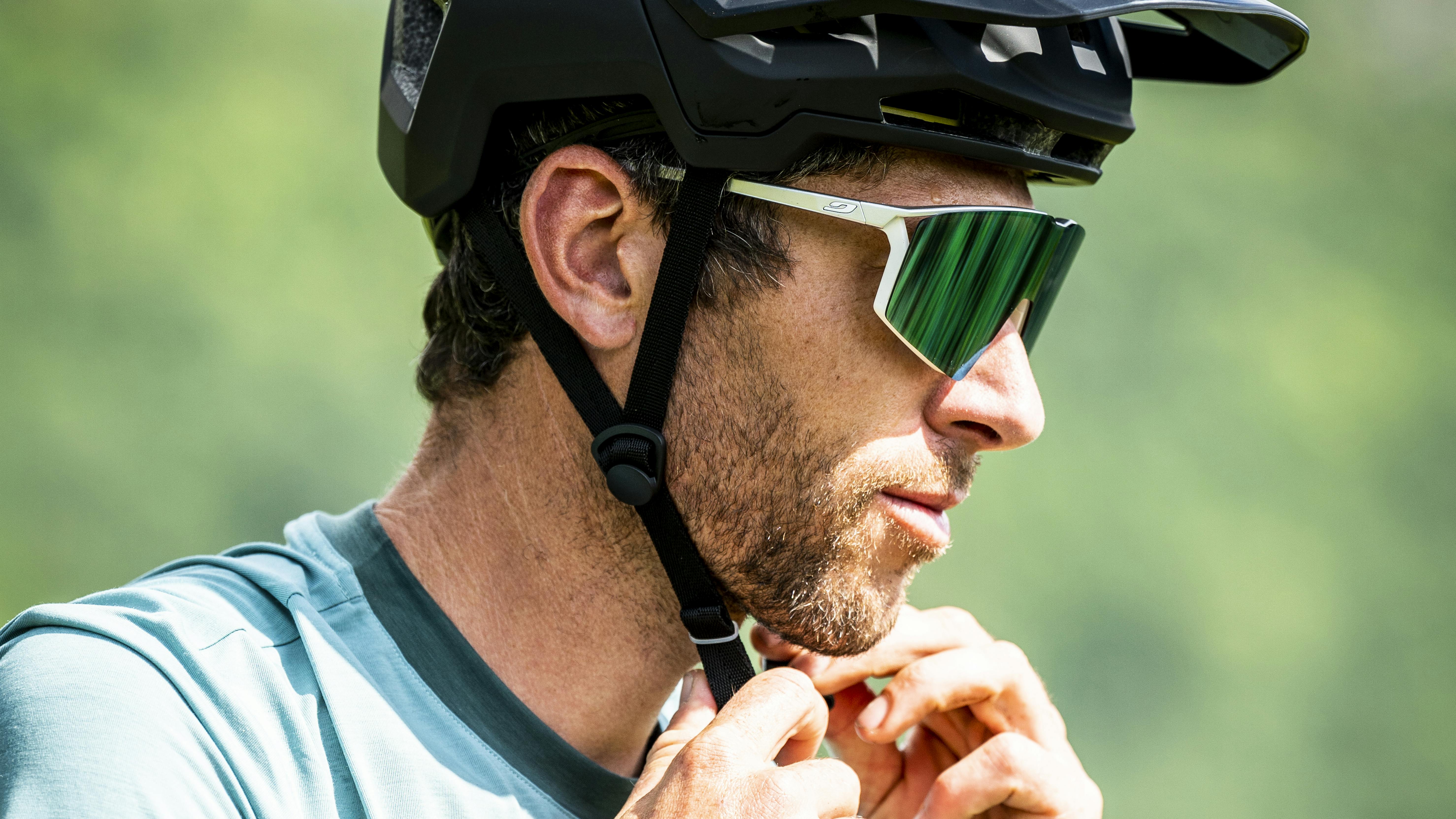How to adjust a bike helmet
for optimal safety?
Adjusting your bike helmet correctly is essential to ensure optimal protection during your outdoor rides.

A well-fitted helmet not only guarantees your safety but also improves your comfort and performance. Whether you're a road cyclist, a mountain biking enthusiast, or use your bike for urban commuting, properly adjusting your helmet is a crucial step we’ll explain in detail in this article.
Why is a proper fit important?
Wearing a well-adjusted bike helmet is essential to ensure maximum safety. In the event of a fall or collision, a poorly fitted helmet may shift and fail to provide the necessary protection, increasing the risk of serious injury. Here's why a correct fit is crucial:
- Optimal protection: a properly adjusted helmet efficiently absorbs impacts, protecting your head from trauma.
- Increased comfort: a good fit prevents the helmet from slipping or moving during use, which is especially important for long rides.
- Improved performance: a well-fitted helmet reduces distractions and allows you to focus fully on your activity.
Taking the time to properly adjust your helmet ensures increased safety and a more enjoyable cycling experience.
Choosing the right size
Before starting to adjust your helmet, it's crucial to ensure you have the correct size. A helmet that's too large or too small won't fit properly and won't provide adequate protection. Here's how:
- Measure the circumference of your head with a tape measure, just above your eyebrows and ears.
- Check the sizing guides provided by manufacturers to choose a helmet that matches your measurements.
- Try different sizes and models to find the one that best fits your head shape.
Once you have the right size, you can move on to the following steps for optimal helmet adjustment.
Positioning the helmet correctly
A properly positioned helmet should sit flat on your head, slightly forward to protect your forehead. Here's how:
- Place the helmet on your head and center it properly.
- The front edge of the helmet should be about 2 centimeters above your eyebrows.
- This position allows the helmet to effectively cover your forehead without obstructing your vision.
Adjusting the side straps
The side straps should form a "V" just below your ears. To do this:
- Open the strap buckles and pull them down to adjust.
- Ensure the straps are tight enough without being uncomfortable.
The straps should be snug enough to keep the helmet in place, but not so tight that they cause discomfort.
Adjusting the chin strap
The chin strap should be tight enough to hold the helmet in place but not so tight that it hinders your breathing. Here’s how to adjust it:
- Buckle the strap under your chin.
- Adjust it so you can fit two fingers between the strap and your chin.
This ensures the strap is tight enough while remaining comfortable.
Checking the final fit
Once all straps are adjusted, it’s important to check the helmet is secure. To do this:
- Gently shake your head from side to side and up and down. The helmet should not move.
- If the helmet moves, tighten the straps and repeat the adjustments.
A well-fitted helmet stays in place even during sudden movements.





